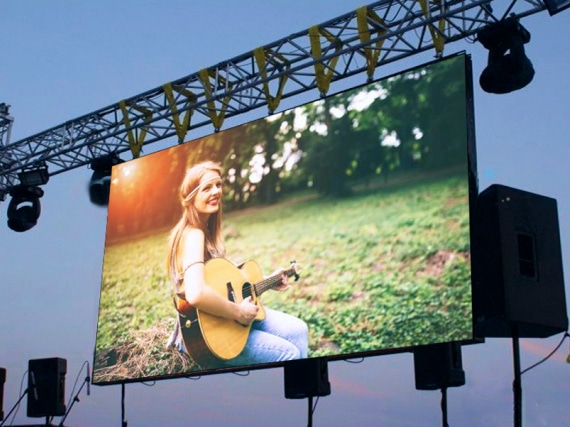Examining the Wide-ranging Integration Options Offered for LED Wall Modules
Examining the Wide-ranging Integration Options Offered for LED Wall Modules
Blog Article
Light Emitting Diode wall panels have gained popularity for their capacity to deliver high-quality visuals in multiple settings, from corporate environments to event venues. One of the primary aspects of these systems is their interface options, which allow users to connect them to different devices and systems. Understanding the diverse connectivity options available for LED wall panels is vital for enhancing their use and effectiveness. This discussion details these features, highlighting how they can adapt to specific needs and preferences.
One frequent interface approach for Light Emitting Diode wall panels is HDMI. High-Definition Multimedia Interface is broadly recognized for transmitting crisp video and audio streams between devices. This interface type is particularly beneficial in commercial settings, such as meeting spaces or training rooms, where presentations or video content are often shared. By using digital connectors, operators can easily link laptops, projectors, and streaming devices to Light Emitting Diode wall panels, ensuring a clear and vibrant presentation of media.
Another popular connectivity method is Display Port, which is similar to HDMI but offers enhanced benefits. Display Port can support higher refresh rates and resolutions, making it an excellent choice for interactive media or graphic-intensive applications. For those deploying Light Emitting Diode wall panels in environments where performance is critical, such as competitive gaming venues or creative workspaces, Display Port can provide the necessary visual quality. Additionally, many contemporary computers and graphics cards feature DisplayPort connections, making it a practical solution for technology-oriented professionals.
In addition to HDMI and DisplayPort, wireless transmission methods are becoming progressively prevalent in LED wall panel technology. Cable-free interfaces allow operators to share content without the need for physical cables, promoting a cleaner and more flexible setup. Platforms such as wireless internet and Bluetooth enable users to connect smartphones, tablets, and laptops directly to Luminescent view it now Diode wall panels without tangled wires. This versatility is especially advantageous in dynamic environments like trade shows or live functions, where quick changes to displays are often required.
For larger deployments or more complex setups, LAN integration through Ethernet is another reliable solution. Wired connections provide a stable and reliable way to integrate multiple Light Emitting Diode wall panels within a system. This approach is ideal for digital signage use cases found in retail centers or transport hubs, where multiple panels may need to display coordinated content across a broad area. By using network cabling and network switches, users can guarantee that all linked panels receive uniform data and content seamlessly.
Lastly, it's important to consider the future of interface technology with advancements such as Universal Serial Bus-C and Thunderbolt 3. These next-generation connection types offer increased data transfer rates and flexibility by allowing one connector to handle both energy transfer and data exchange. As more systems incorporate these protocols, Light Emitting Diode wall panels equipped with USB-C ports will likely become more prevalent. This shift in connectivity not only improves the capabilities of Luminescent find here Diode wall panels but also coincides with the emerging trend of minimalistic design in hardware arrangements by minimizing the number of wires required.
In conclusion, exploring the broad interface methods accessible for Light Emitting Diode wall panels uncovers many opportunities for operators across various fields. From traditional methods like HDMI and Display Port to contemporary cordless technologies and LAN setups, each pathway serves specific functions suited to distinct needs. Furthermore, next-gen technologies like USB-C promise further developments in how professionals utilize Luminescent Diode wall panels. By grasping these integration alternatives, individuals can make informed decisions that enhance their overall experience with these multifunctional visual solutions.